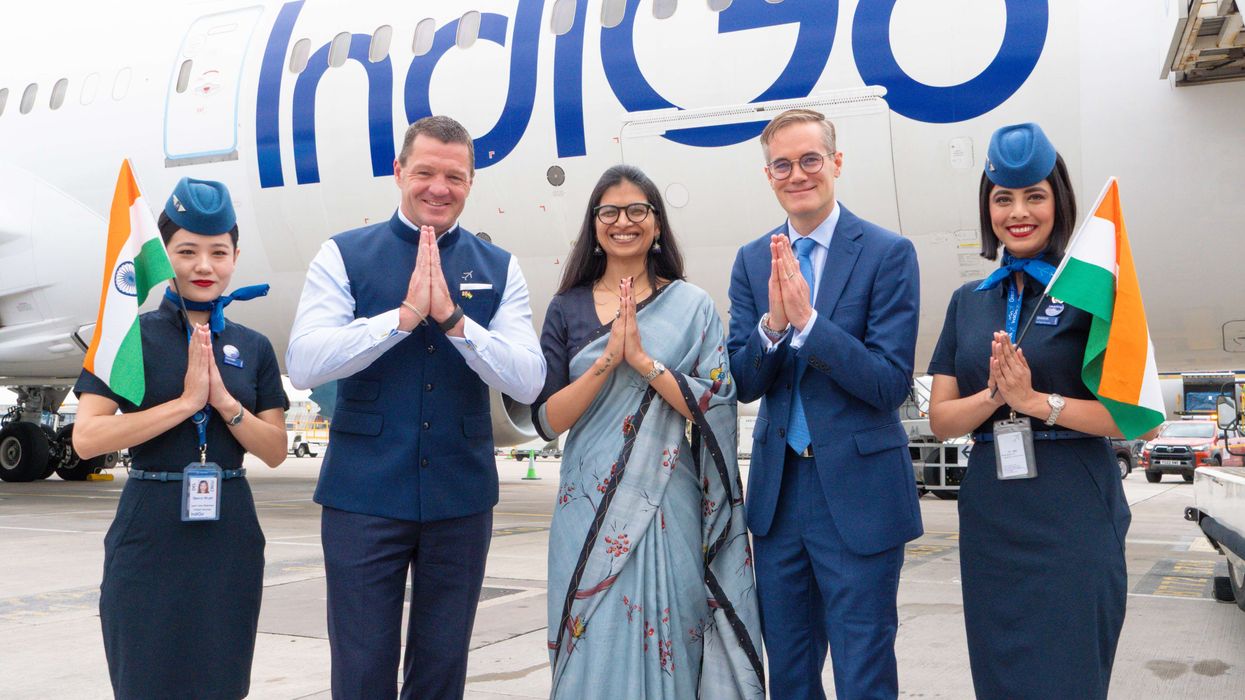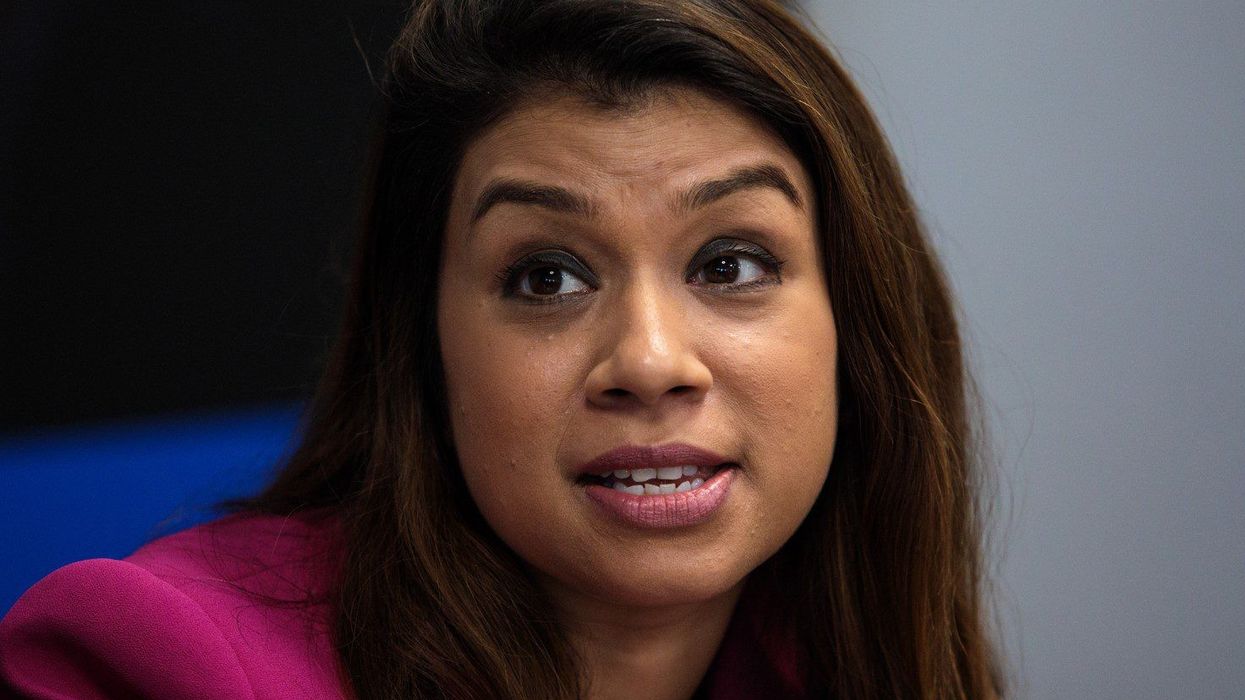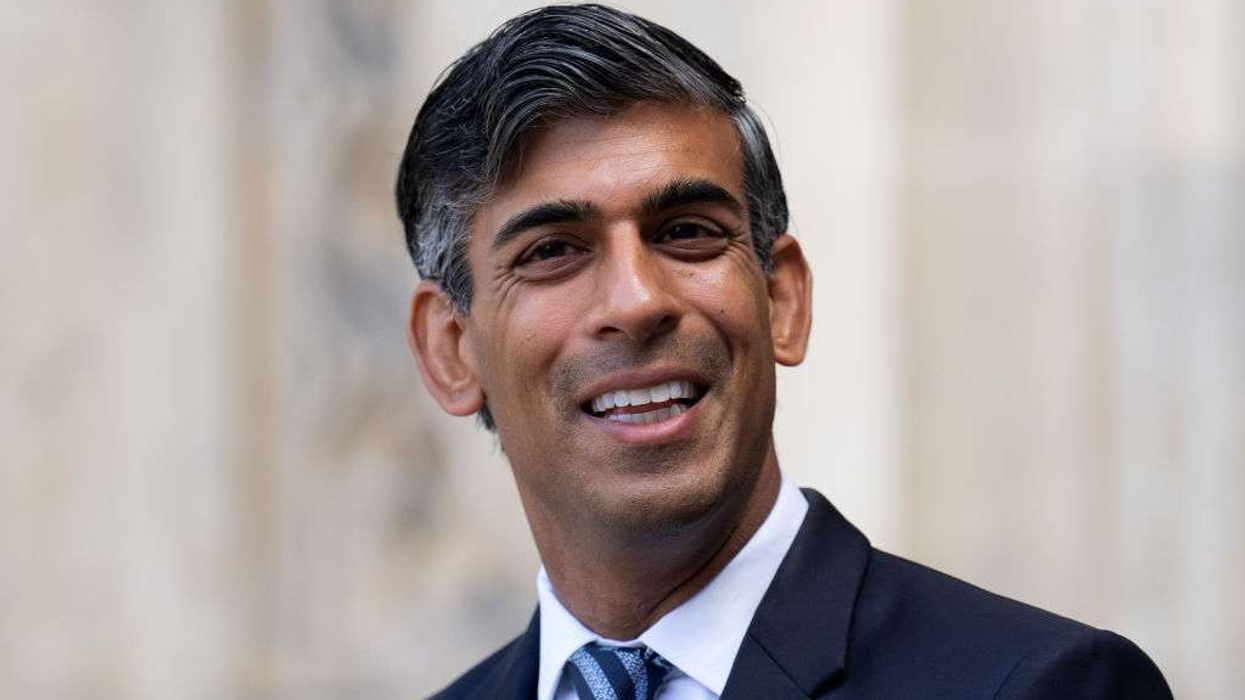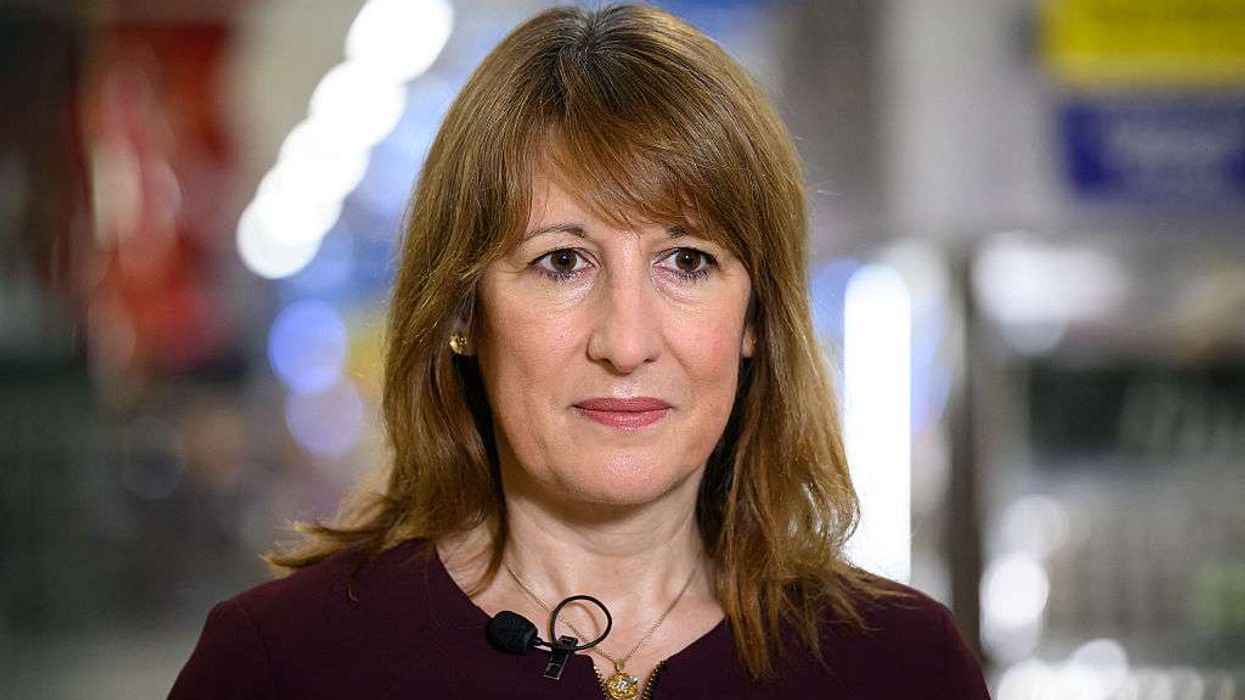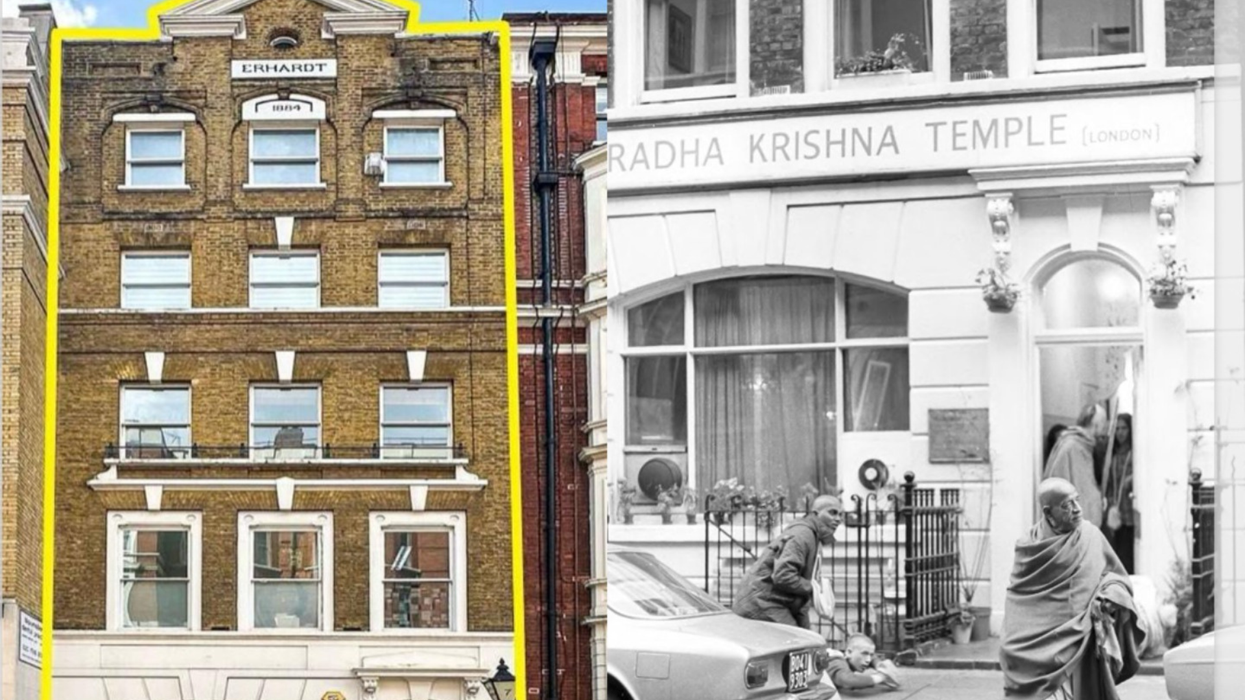BRITAIN is keen to increase airport capacity across the country, chief secretary to the Treasury, James Murray, said last week, as a new link from Manchester to India was announced by IndiGo.
With the additional flight to Delhi, scheduled to start next month, there will be nine direct flights between the north of England and India.
“This is a real vote of confidence in the UK, in Manchester Airport, in the north west, showing the strong connections between the UK and India and the importance of boosting investment and trade between our two countries as a result of having the second flight,” Murray said last Wednesday (8).
“From our point of view as a government, we want to make sure we’re investing right across the UK, in every region and nation,” he added.
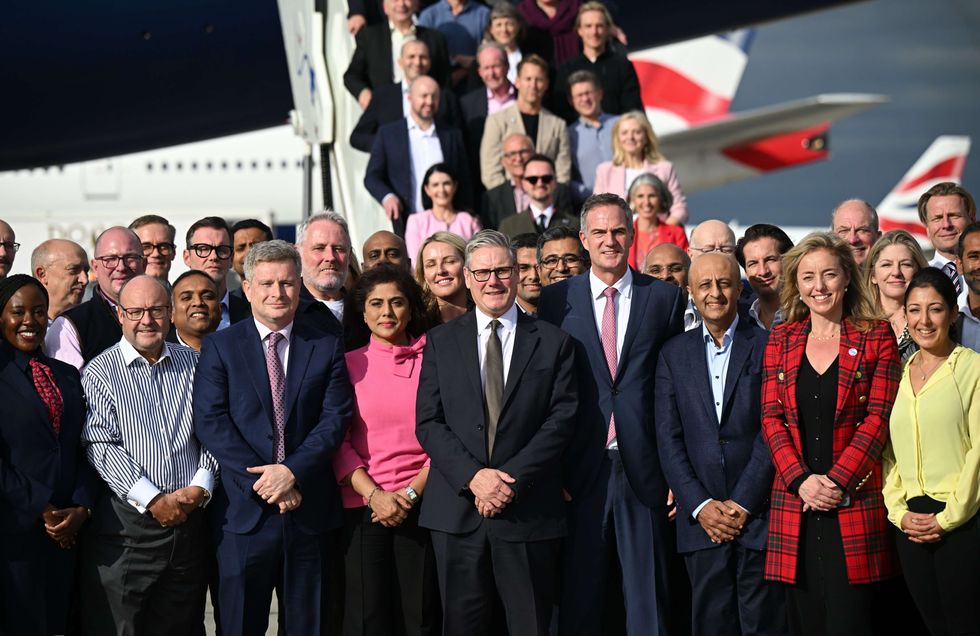
IndiGo, India’s largest airline, will all operate the flight from Manchester’s state-of-the-art £1.3 billion Terminal 2.
Prime minister Sir Keir Starmer, who visited India last week, said, “This new direct route between Manchester and Delhi is a powerful example of our plan for change in action – unlocking new opportunities for businesses, creating hundreds of jobs, and driving growth.”
Air travel between India and the UK remains robust as carriers in both countries keep up with growing passenger demand.
British Airways said it plans to start an additional flight connecting London and Delhi in 2026, as the airline anticipates the recent India-UK free trade agreement will boost economic activities.
And Air India announced an expansion of its UK services as part of its northern winter 2025 schedule, adding a fourth daily flight between Delhi and London (Heathrow), effective October 26.
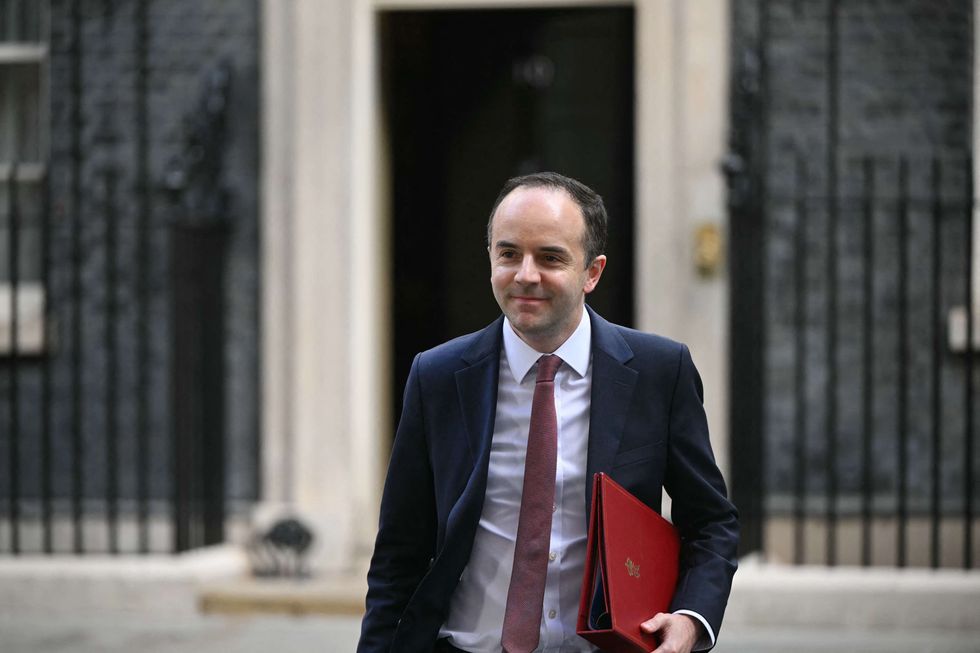
Murray told Eastern Eye, “We’re very keen to expand airport capacity right across the UK. Airport expansion is a really important part of our government’s strategy. We’ve given the green light to expansions of airports right across Britain. We’ve shown how keen we are to see options come forward for a third runway at Heathrow, the second at Gatwick.
“We want to see investment in different airports right across the UK. That will mean people can travel more easily to all parts of the world, obviously, including India. So this is really good news today, in terms of boosting the links between Manchester and India, in terms of the flights to Mumbai and Delhi.”
He noted the India-UK links and said, “We know there are really important trade routes which already operate between our two countries, but this is about boosting them even more. “There are many cultural connections between our two countries. India is a really important partner for the UK, and we want to make sure this free trade deal will open up opportunities for even greater investment between our two countries, reduce tariffs on trade. It’ll be good to make people better off.”
Manchester Airport managing director, Chris Woodroofe, who joined Starmer on the India trade trip, said, “We are proud to connect the north to the world and today’s announcement means people and businesses across the region will now have direct access to both India’s financial centre and its capital.
“That will drive tens of millions of pounds in economic value every year, supporting the government’s growth agenda and boosting the benefits of the new UK-India trade deal.
“It is pleasing to see MAG’s £1.3bn investment in Manchester Airport unlocking the potential of our two runways, driving growth and prosperity across the north through routes like these with IndiGo.”
Air India is the largest carrier between India and the UK, operating 61 weekly flights and deploying 18,066 seats per week (in one direction), which translates to nearly 1.7 million seats annually on routes between the two countries, the carrier said.
The additional flight increases Air India’s frequency from 24 weekly to 28 weekly this winter, adding 1,196 seats each way per week between Delhi and London (Heathrow).
BA, which has been flying to India for more than 100 years, made the announcement about the additional flight last Wednesday as Starmer led the ‘Britain Means Business’ trade mission to the country. “The airline will introduce a third daily flight between London Heathrow and Delhi in 2026, subject to regulatory and capacity approval,” BA said.
“The popular first cabin will return on flights from London to Mumbai this month with the latest business class club suite on select flights across all five Indian routes by the end of 2026,” the airline added, in a release last Wednesday.
Currently, BA operates 56 weekly flights connecting London with five Indian cities.
The carrier has three daily services to Mumbai, two to Delhi and one each to Chennai, Bengaluru and Hyderabad. India is also the biggest market for the airline outside the US. BA chairman and CEO, Sean Doyle, said, “Free Trade Agreement with India will boost economic momentum between our two countries, and British Airways really sits at the centre of that activity, acting as an enabler for increased trade.
“We will develop our own network alongside increased economic activity, so the FTA for our business is very good news,” Doyle said.
There are around 2,500 British Airways staff based in India.
